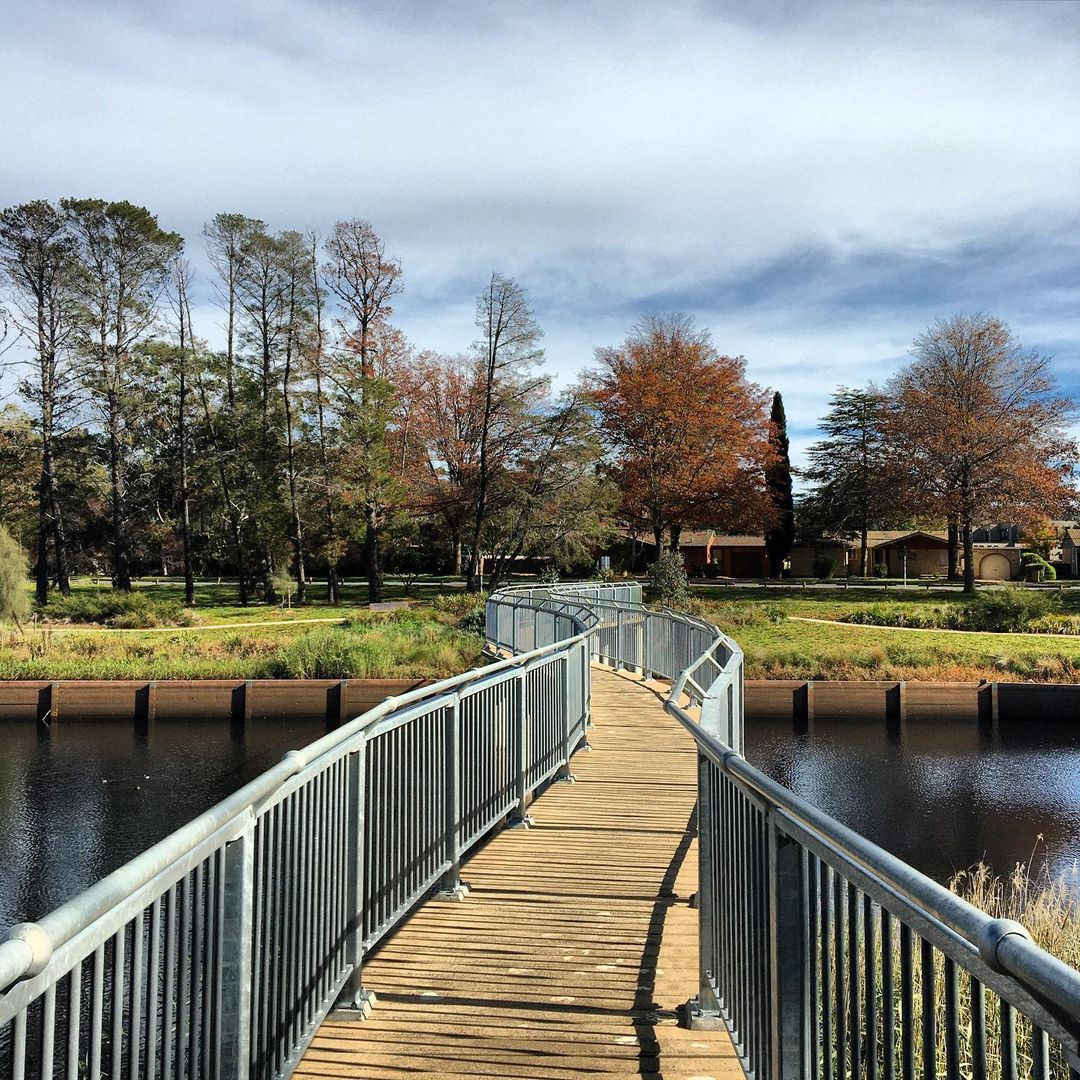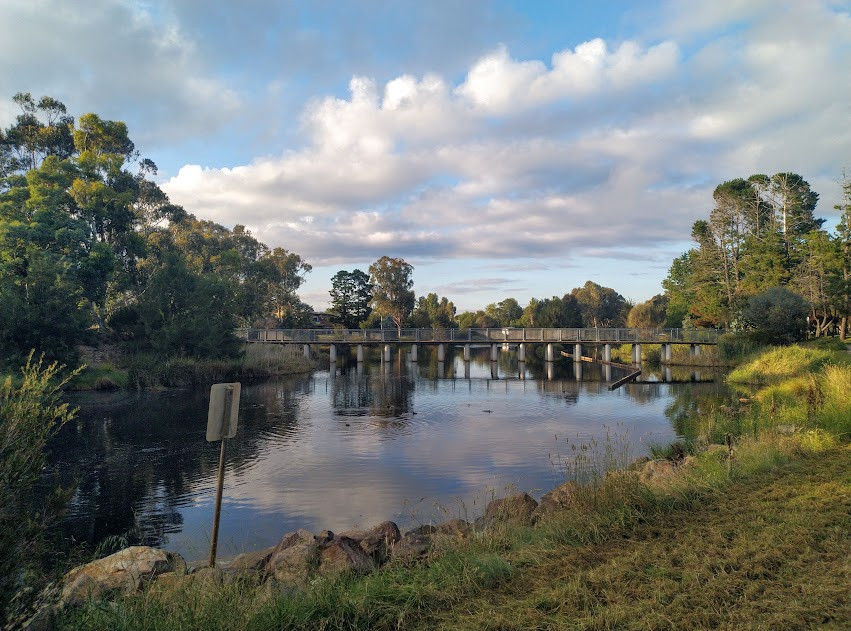Charger images
Les formats d'image autorisés sont de type jpeg, png ou gif
La taille maximale du fichier doit être de 20MB


Lyneham Wetland, part of the Sullivans Creek catchment, manages stormwater, enhances water quality, supports birdlife, and mitigates flooding risks in the area.
Lyneham Wetland is a significant ecological site within the Sullivans Creek catchment. The wetland is fringed by tall reeds and aquatic plants, which provide critical habitats for a variety of bird species. Well-maintained walking paths surround the area, enabling visitors to engage with the natural environment.
Common duck species at Lyneham Wetland include Australian Wood Duck, Grey Teal, Pacific Black Duck, and Hardhead, along with various cormorant species such as Little Pied Cormorant, and Great Cormorant. Eurasian Coot and Dusky Moorhen are also frequently spotted at this location. In the reeds, you will often see and hear the Australian Reed Warbler especially during the summer months before migration, while a variety of parrots inhabit the eucalypt and other tree plantations along the nearby streets, including Sulphur-crested Cockatoo, Little Corella, Eastern Rosella, Crimson Rosella, Rainbow Lorikeet, Gang-gang Cockatoo and more. Other familiar suburban birds in the area sighted here include Pied Currawong, Australian Magpie, Spotted Pardalote, Red Wattlebird, Superb Fairywren, Noisy Miner, and White-winged Chough. See an in-depth birdlist below.
Accessing Lyneham Wetland is convenient, situated a 9-minute drive from the city centre of Canberra. Ample parking is available near the wetland along Goodwin and/or De Burgh Street, ensuring easy access for visitors. Click on a P in the map for directions or coordinates. Whether arriving by car or public transport, the wetland's accessibility makes it a welcoming natural escape within close proximity to the city or the surrounding streets.
Votre feedback sera transmis à l’auteur.rice de cette zone et à l’équipe éditoriale de Birdingplaces, qui l’utiliseront pour améliorer la qualité des informations. (Vous souhaitez publier un commentaire visible en bas de page ? Fermez cette fenêtre et choisissez l’Option 1 : « Publier un commentaire, un conseil ou une observation ».)
Veuillez fournir des suggestions d'améliorations ou d'ajouts au texte de ce site ornithologique.
Veuillez fournir vos suggestions d'améliorations ou d'ajouts à la carte.
Veuillez fournir des suggestions d'améliorations ou d'ajouts à la liste des oiseaux.
Cliquez sur l'icône de l'oiseau () Insérez les noms d'oiseau dans votre langue. Ils seront automatiquement traduits pour les autres usagers !